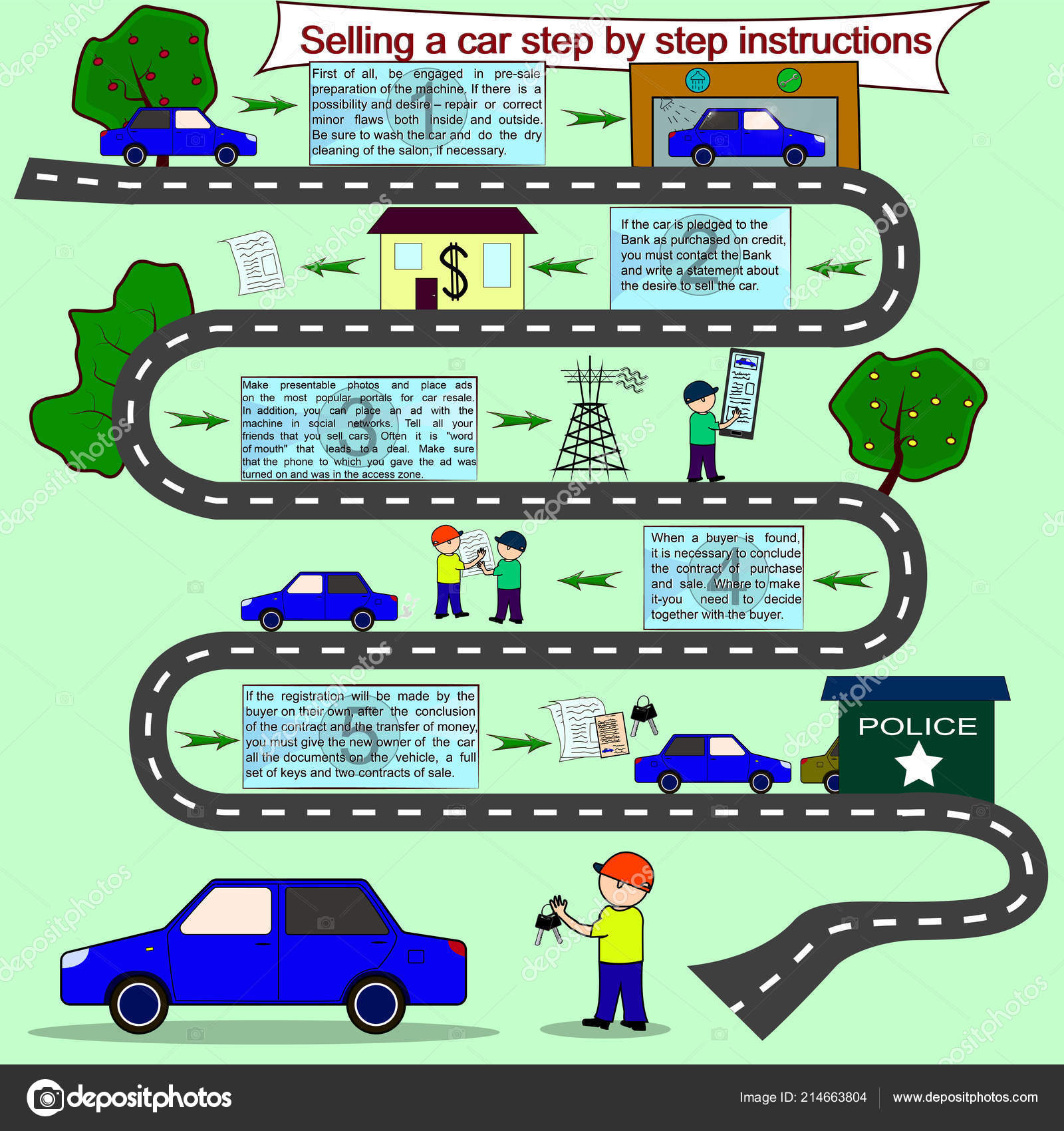Comprehending The Meaning Behind Your Car'S Caution Lighting: An Extensive Appearance
Comprehending The Meaning Behind Your Car'S Caution Lighting: An Extensive Appearance
Blog Article
Post Created By-Hartley Corbett
When you lag the wheel, those beautiful caution lights on your control panel can be a bit puzzling. Do you understand what they're trying to tell you regarding your automobile's health and wellness? Recognizing the value of these lights is essential for your security and the durability of your car. So, the following time one of those lights appears, wouldn't you intend to decipher its message accurately and take the needed steps to address it?
Common Warning Lighting and Interpretations
Determine usual caution lights in your car and understand their meanings to guarantee risk-free driving.
One of the most normal warning lights consist of the check engine light, which indicates problems with the engine or discharges system. If this light comes on, it's important to have your lorry inspected promptly.
The oil pressure cautioning light indicates low oil stress, calling for prompt attention to avoid engine damages.
A flashing battery light may suggest a faulty billing system, potentially leaving you stranded otherwise attended to.
The tire pressure surveillance system (TPMS) light signals you to low tire stress, impacting vehicle security and fuel effectiveness. Overlooking mouse click the up coming post could result in dangerous driving conditions.
The abdominal light indicates a problem with the anti-lock braking system, jeopardizing your capability to stop swiftly in emergency situations.
Finally, the coolant temperature advising light warns of engine getting too hot, which can cause serious damage otherwise fixed promptly.
Recognizing these usual caution lights will certainly aid you address issues without delay and keep risk-free driving problems.
Relevance of Prompt Focus
Comprehending the usual warning lights in your auto is only the initial step; the value of immediately resolving these cautions can't be emphasized enough to ensure your safety on the road.
When a caution light brightens on your dashboard, it's your cars and truck's means of communicating a prospective problem that requires attention. Disregarding these cautions can lead to a lot more severe issues later on, compromising your safety and possibly costing you a lot more in repairs.
Motivate focus to alerting lights can prevent break downs and accidents. As an example, a flashing check engine light could suggest a misfire that, if left unattended, might cause damages to the catalytic converter. Resolving this without delay can conserve you from an expensive fixing.
In a similar way, a brake system alerting light may signal low brake liquid or used brake pads, essential elements for your safety when driving.
DIY Troubleshooting Tips
If you notice a warning light on your control panel, there are a couple of do it yourself fixing suggestions you can attempt before seeking specialist aid.
The initial step is to consult your cars and truck's manual to recognize what the specific caution light suggests. In some cases the issue can be as straightforward as a loosened gas cap triggering the check engine light. Tightening up the gas cap might solve the issue.
One more typical concern is a reduced battery, which can cause different advising lights. Inspecting the battery connections for corrosion and ensuring they're safe might take care of the issue.
If a warning light persists, you can attempt resetting it by disconnecting the cars and truck's battery for a few mins and then reconnecting it. In addition, checking your automobile's liquid levels, such as oil, coolant, and brake liquid, can help repair advising lights connected to these systems.
visit the next web site
In conclusion, understanding your car's warning lights is important for maintaining your vehicle running efficiently and safely. By immediately dealing with these notifies and knowing what they indicate, you can prevent costly repair work and potential malfunctions.
Remember to consult your vehicle's guidebook for certain information on each alerting light and do something about it as necessary to make sure a trouble-free driving experience.
Keep notified, stay secure when traveling!
